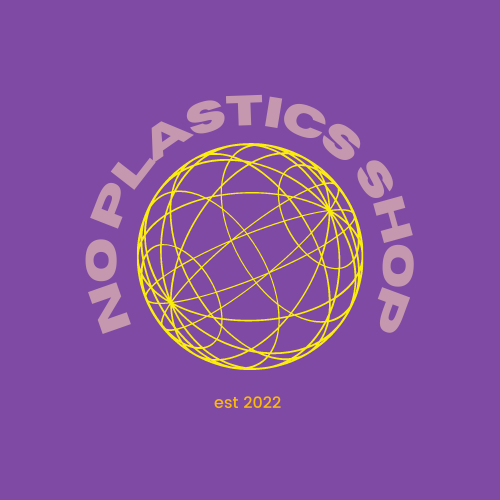Bamboo And Cotton Fleece
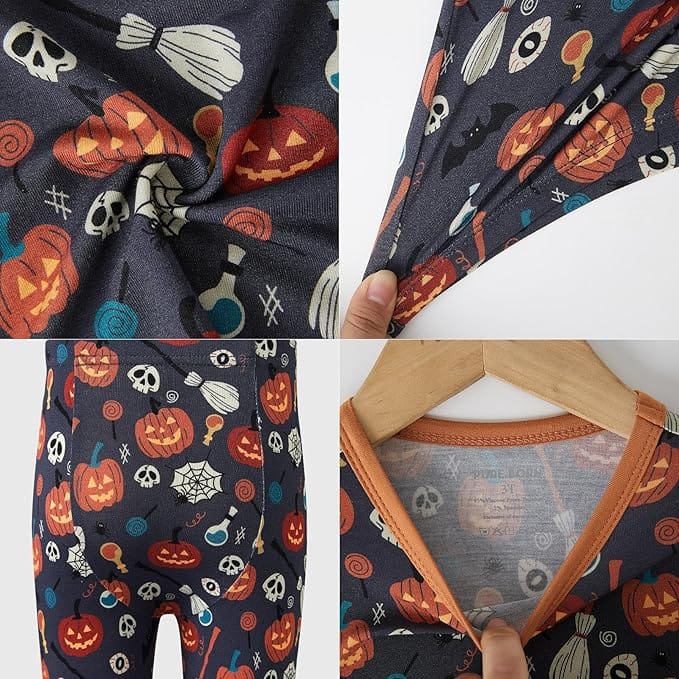
Better Than The Polyester We're All Used To
Fleece, by consensus, is that fuzzy fabric we all know, with the unmistakable feel of plastic... because it is. The 1970s birthed the polyester fleece industry. This new material, known initially for its insulating properties akin to wool yet with a fraction of the weight, was first woven by Malden Mills. Alongside outdoor brand Patagonia, they championed the use of recycled plastic bottles, transforming them into soft yet durable fibers.
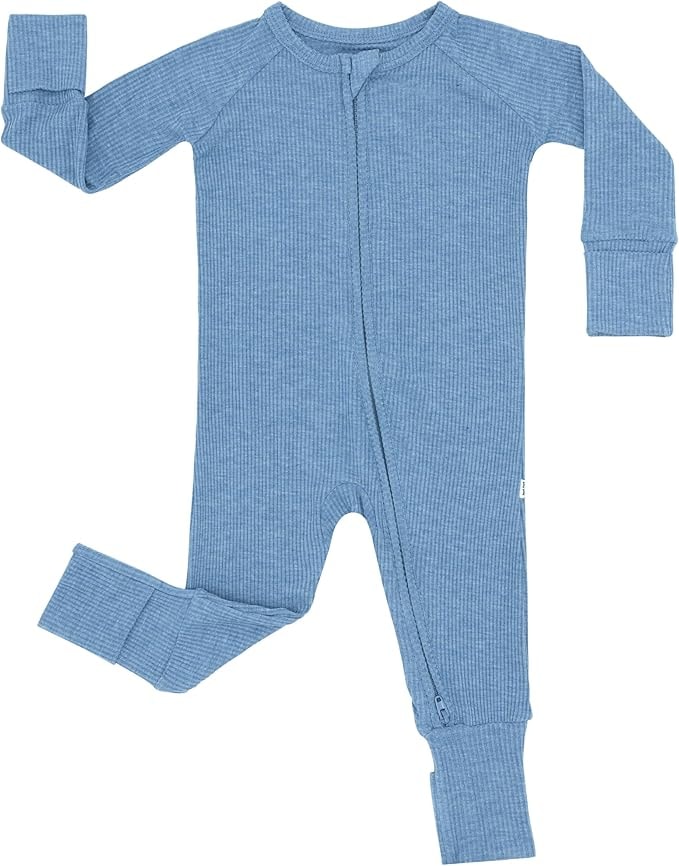
Little Sleepies Store Baby (not quite fleece but close) Pajamas (currently it's much easier to find kid's cloths, uncontaminated by polyester blends)
Bamboo fleece fabric is a popular choice for cozy, sustainable loungewear and children's clothing. The typical width of bamboo fleece yardage is 152 cm, providing ample space for efficient cutting and pattern layout. This fabric commonly has a weight of 300 gsm, making it a medium-weight option ideal for warm, durable garments. A standard composition for bamboo fleece is 66% bamboo, 28% cotton, and 6% spandex, which ensures softness, stretch, and comfort.
High Quality Bamboo Sweatshirt Fleece
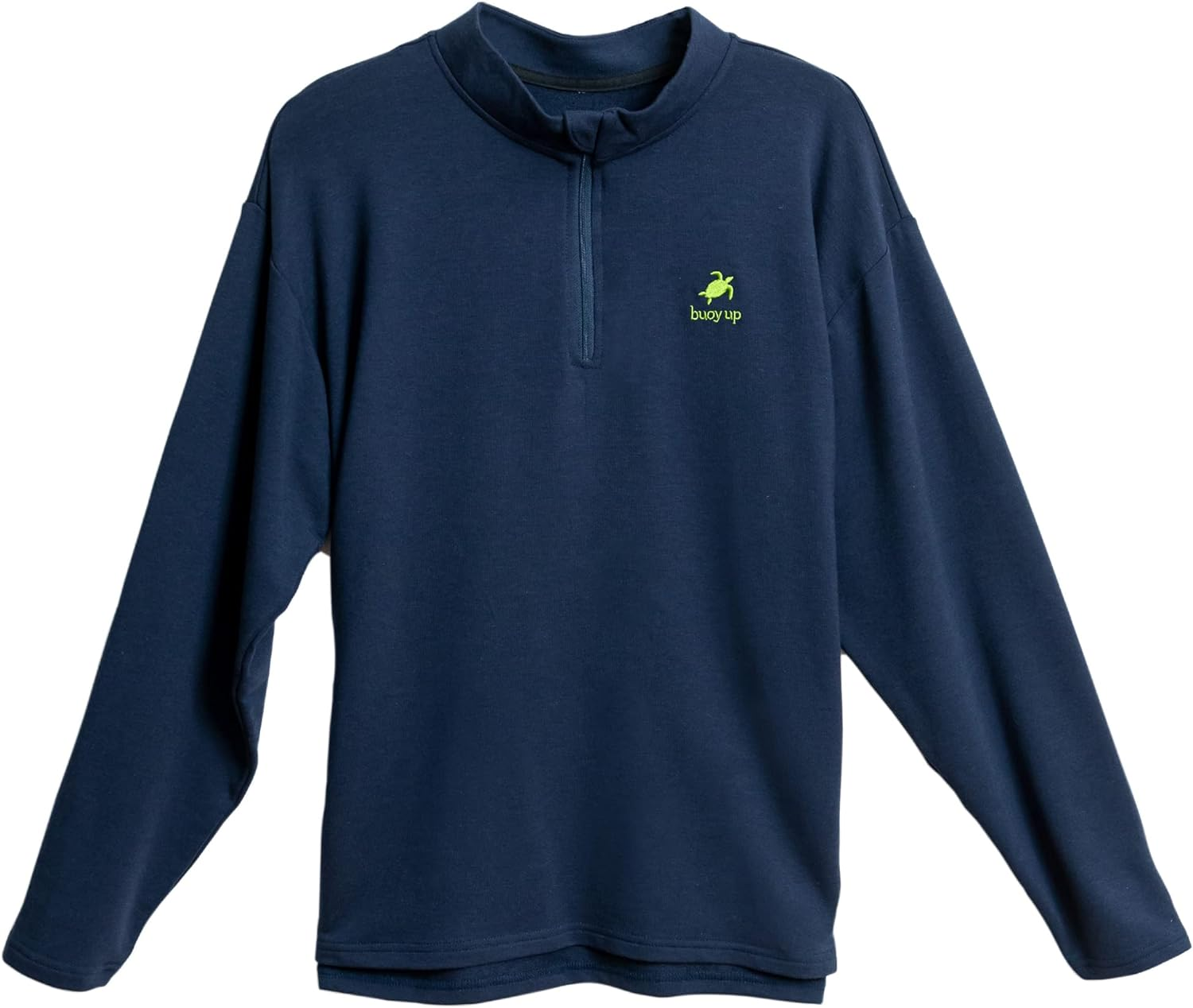
Buoy Up. 66% bamboo rayon (28% cotton, 6% spandex) for a perfect blend. This fabric is super soft with a plush feel, beautifully made, though maybe not so fuzzy.
Patagonia's Position On Fleece
With a longstanding reputation as an environmentally conscious company, Patagonia has been aware and researched alternative plant based fleece material for many years. In a recent statement, their decision not to use bamboo has been based on the very viable complaint that the chemical process involved in obtaining the cellulose fibers presents its own environmental challenges. True, that like viscous and rayon, bamboo undergoes a similar treatment, however most bamboo fleece fabrics are tested for safety and environmental impact, and may be certified to meet the OEKO-TEX Standard 100, ensuring they meet high international standards for non-toxicity.
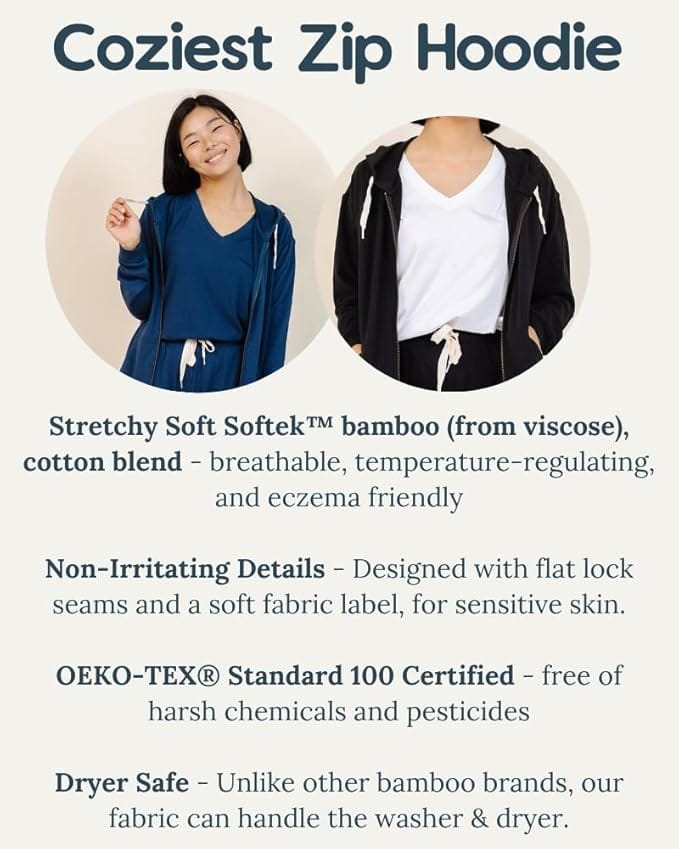
Fabric by the Yard
Because… sometimes if you can’t find a maker you just have to sew it yourself. No Plastics could find few fleece hoodies, for instance, that are not polyester blend.
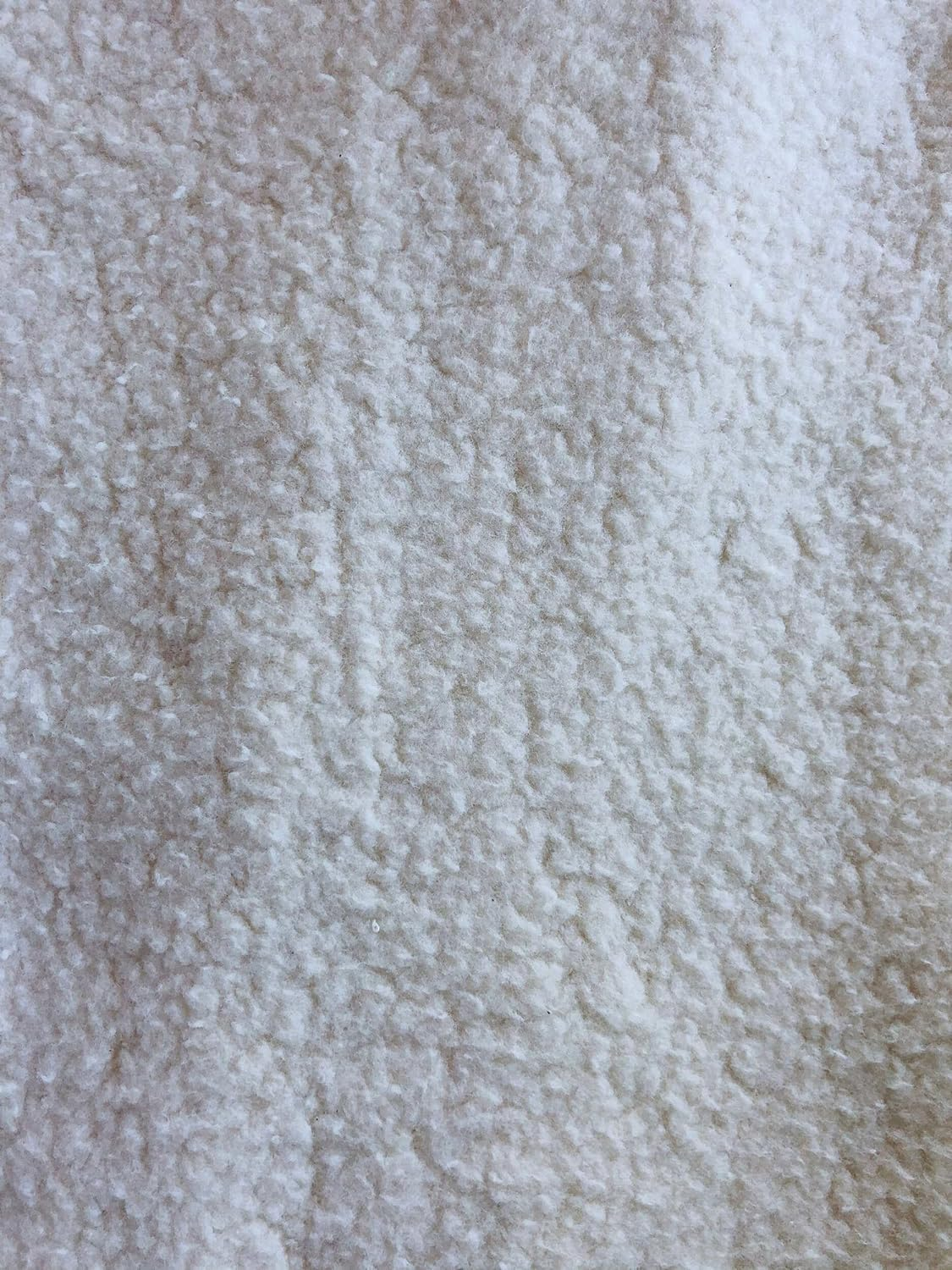
Wazoodle Fabrics. organic cotton sherpa fleece
However, as Patagonia also pointed out, the production of Tencel fabric in resent past has demonstrated the ability to create a closed looped system wherein all toxic chemicals involved are recycled and reused, thereby never leaving the facility to enter the environment. So it can be done. And is being done by companies with ever increasing frequency.
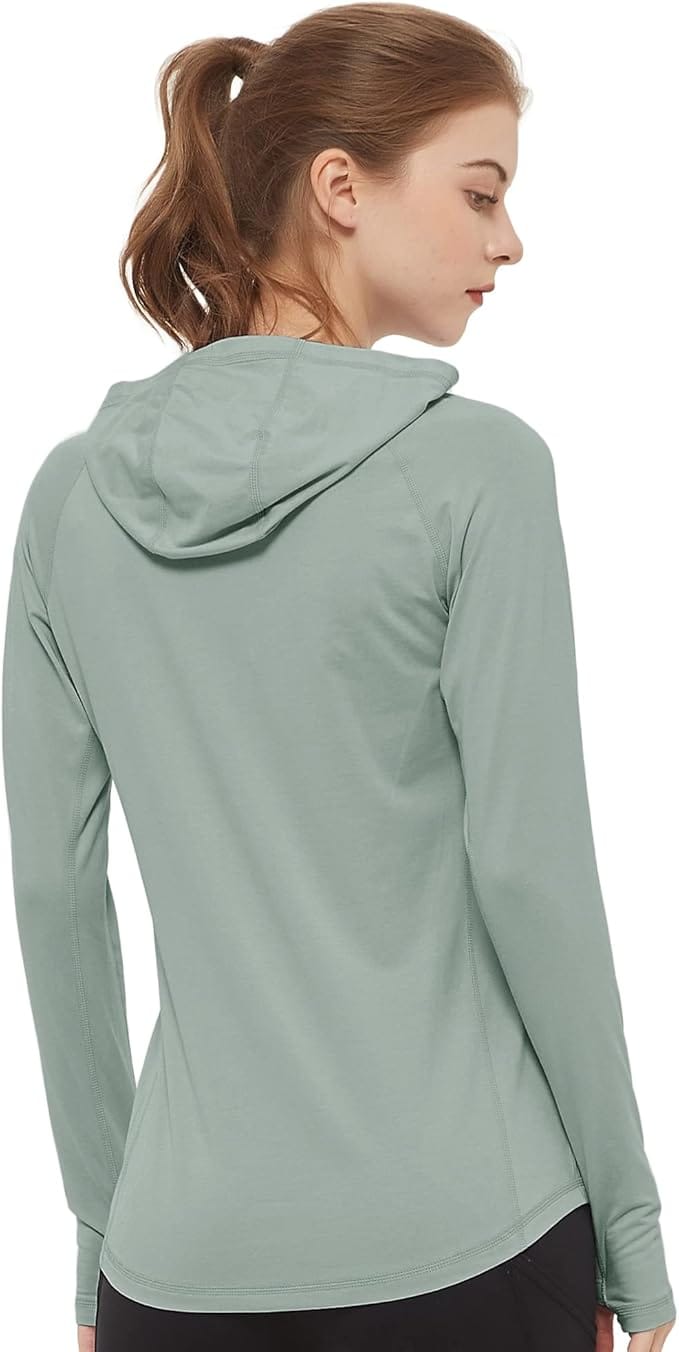
Netdraw Store** lightweight bamboo fleece, Netdraw Men’s**
As another alternative to the common polyester hoddie, check out warm 100% Australian Merino Wool Hoodie’s by Chanyarn
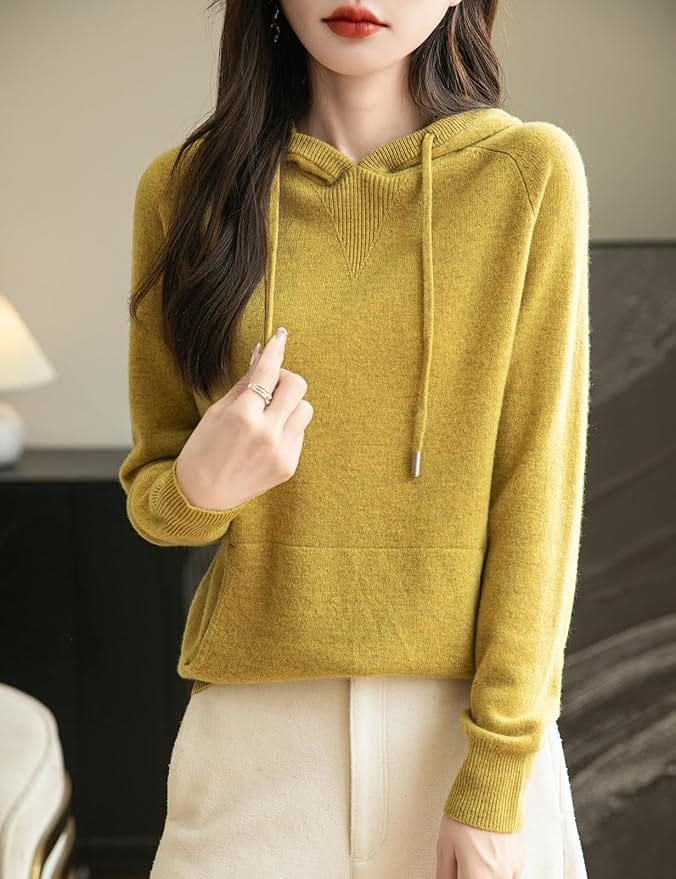
Chanyarn Store. (wool fleece)
Creating biodegradable fabrics using bio based sources
Patagonia opts to continue their recycling approach with fabrics, which is commendable. Any push in demand for plastic trash as raw materials may aid in developing an actual recycling infrastructure, which at this time is nearly nonexistent. Patagonia is also doing marvelous things with hemp, by the way, even more commendable. No Plastics is a huge fan of hemp.
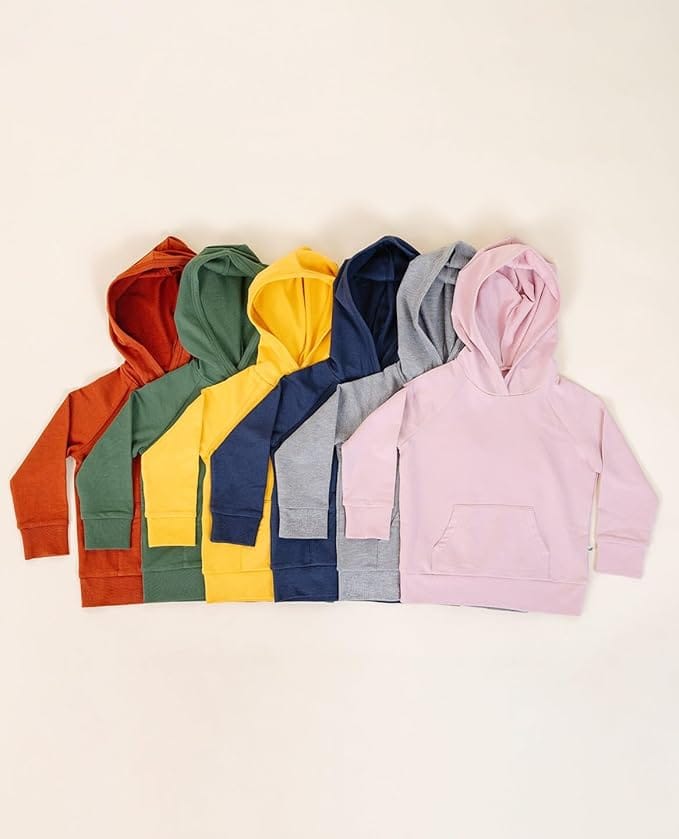
Lark Store toddler hoodies 69% bamboo 28% cotton
It'd be great if we could send all our old polyester fleece to Patagonia for recycling as few places otherwise take them. Here is one possibility. Although it doesn't get us around the problem of microplastic shedding now does it?. You can read more about Patagonia's statement regarding alternative fleece Here.
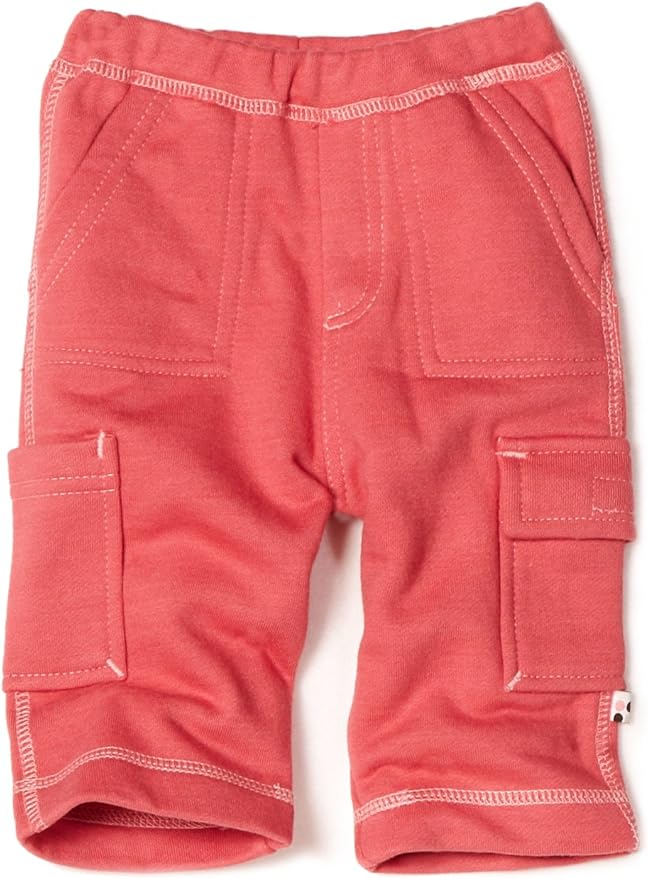
BabySoy Toddler Cargo Pants Cotton and Soy based fleece
The End of Polyester Fleece: A Revolution with Cotton and Bamboo
Polyester fleece has been the go-to fabric for staying warm and cozy for decades. We associate it with comfortable hoodies, sweatshirts, blankets, and winter layering. However, this popular textile is not without its controversies.
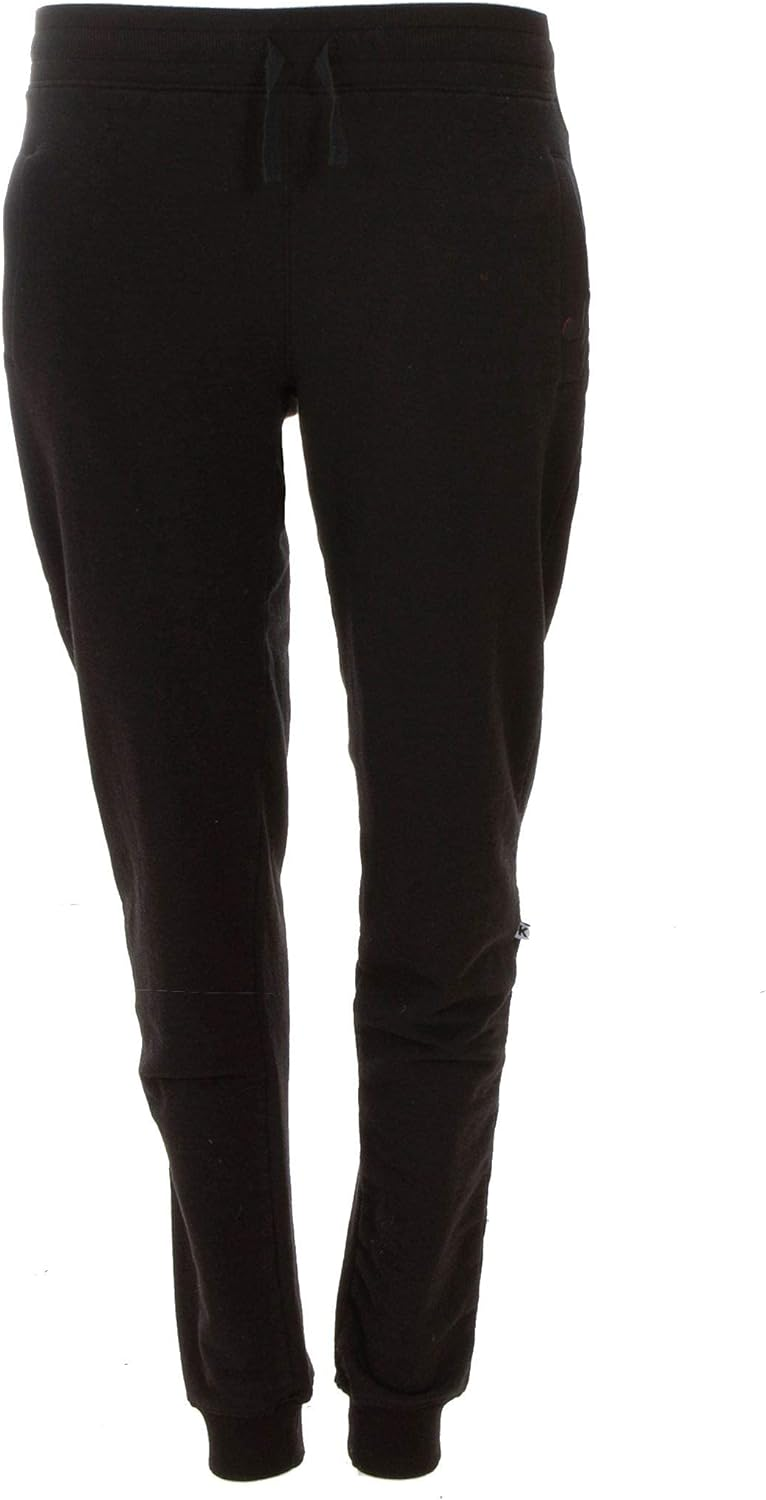
KICKEE. solid fuzzy fleece bamboo viscous and cotton
From its environmental impact to its detrimental health effects, it’s time we re-evaluated what it means to keep warm and how fleece alternatives like cotton and bamboo not only spare the planet but also provide a host of benefits. Bamboo fleece, in particular, is known for its high absorbency, making it ideal for products that require moisture-wicking properties such as cloth diapers and wipes. Additionally, bamboo fleece is easy to sew and care for, making it a great choice for DIY projects and those seeking user-friendly materials.
Polyester and the Planet: Why It's Time for a Change
The use of polyester fleece has skyrocketed, largely due to its synthetic properties that make it less expensive than natural fibers. However, this comes at a cost.
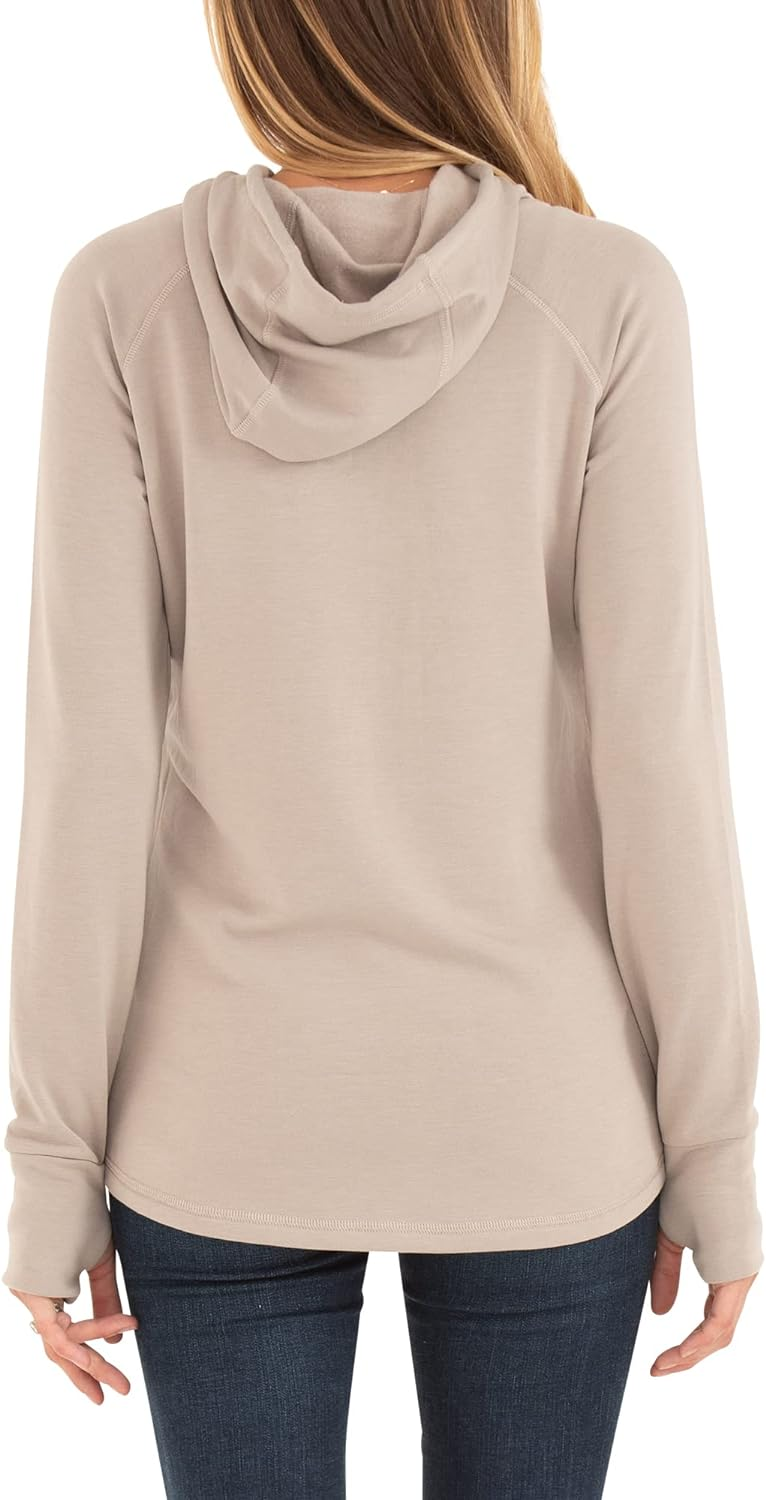
Free Fly. half polyester! kinda defeats the purpose, what is the point? (an example of what NOT to buy) unfortunately there are many like these.
The production of polyester is carbon-intensive, and microfibers shed from polyester fleece ends up in our air, waterways and oceans, contributing to the global pollution crisis. Cotton and bamboo, on the other hand, are renewable resources that decompose harmlessly.
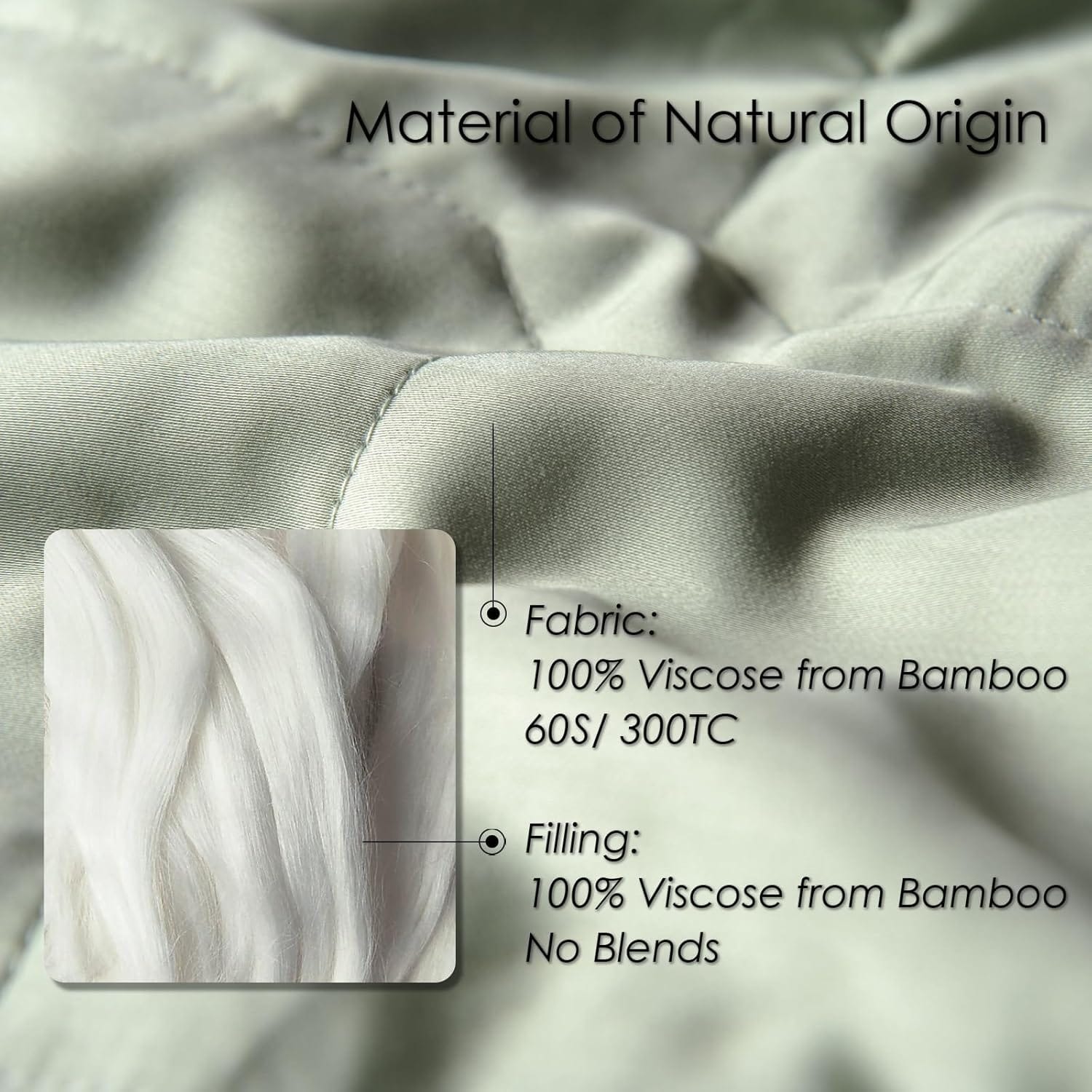
EP Mode Store 100% bamboo fleece
The fact that polyester fleece is derived from non-renewable petroleum is particularly concerning in the context of climate change. By exploring the benefits of more eco-friendly materials, we not only reduce our carbon footprint but also send a clear message to the industry that sustainability is non-negotiable.
Cotton and Bamboo: The Natural Comfort of Plant-Based Fleece
Cotton and bamboo fleece are the antithesis of polyester – they’re natural, a remarkably soft fabric, and biodegradable. Cotton, a staple in many wardrobes, is breathable and very absorbent, making it an excellent choice for those with sensitive skin. Bamboo, a relative newcomer in the Western textile market, has seen a surge in popularity due to its silky texture and antimicrobial properties.
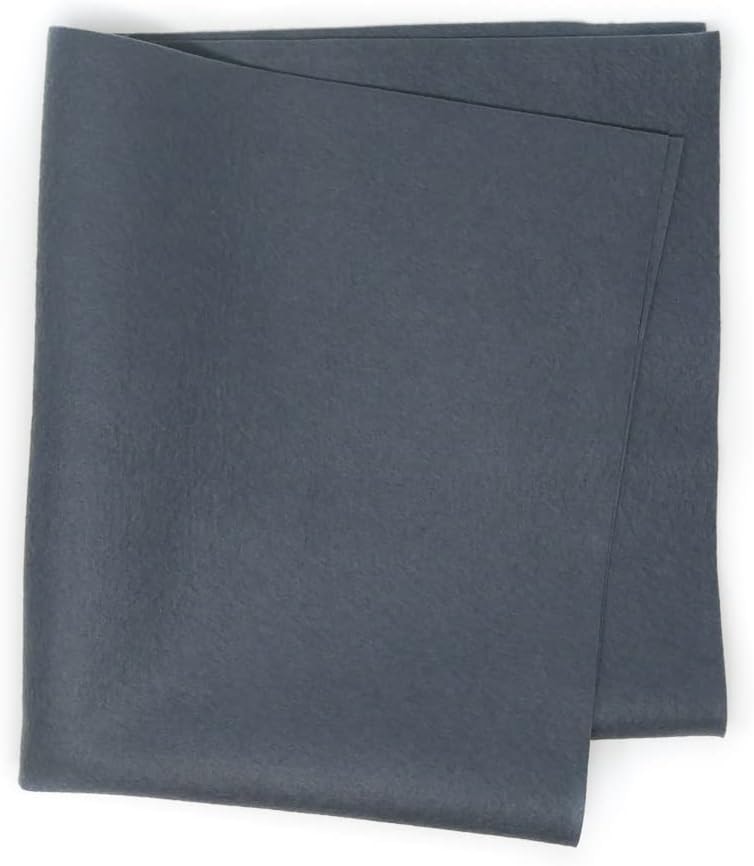
Over The River Felt Store. 100% bamboo felt, many colors to choose from
Bamboo fleece, in particular, has a smooth, velvety face and a fuzzy, fleece-like back, providing a comfortable textile option. Bamboo fleece is commonly used for making cloth diapers, wipes, and cloth pads because of its exceptional softness and absorbency. Like many natural fabrics, bamboo fleece may experience some shrinkage after washing, so pre-washing is recommended.
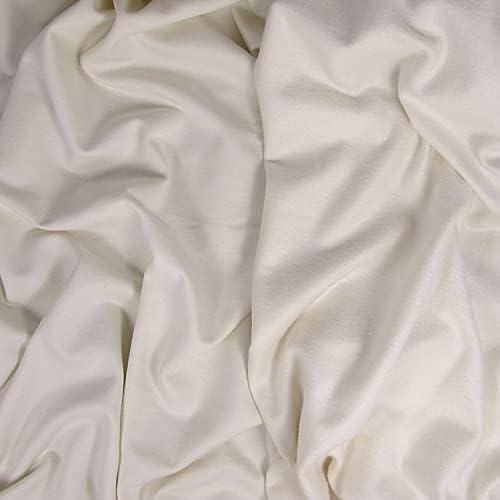
Cotton fleece is a versatile fabric that maintains a comfortable body temperature, even in humid environments. It’s also much less likely to cause skin irritation and can even be blended with other plant-based materials for added durability. Bamboo, a fast-growing plant, is sustainable and regenerative, making it one of the most eco-friendly options (besides hemp!) available. Bamboo grows quickly and requires little water and no pesticides, making it a sustainable resource. Its natural wicking ability also keeps the wearer dry and comfortable.
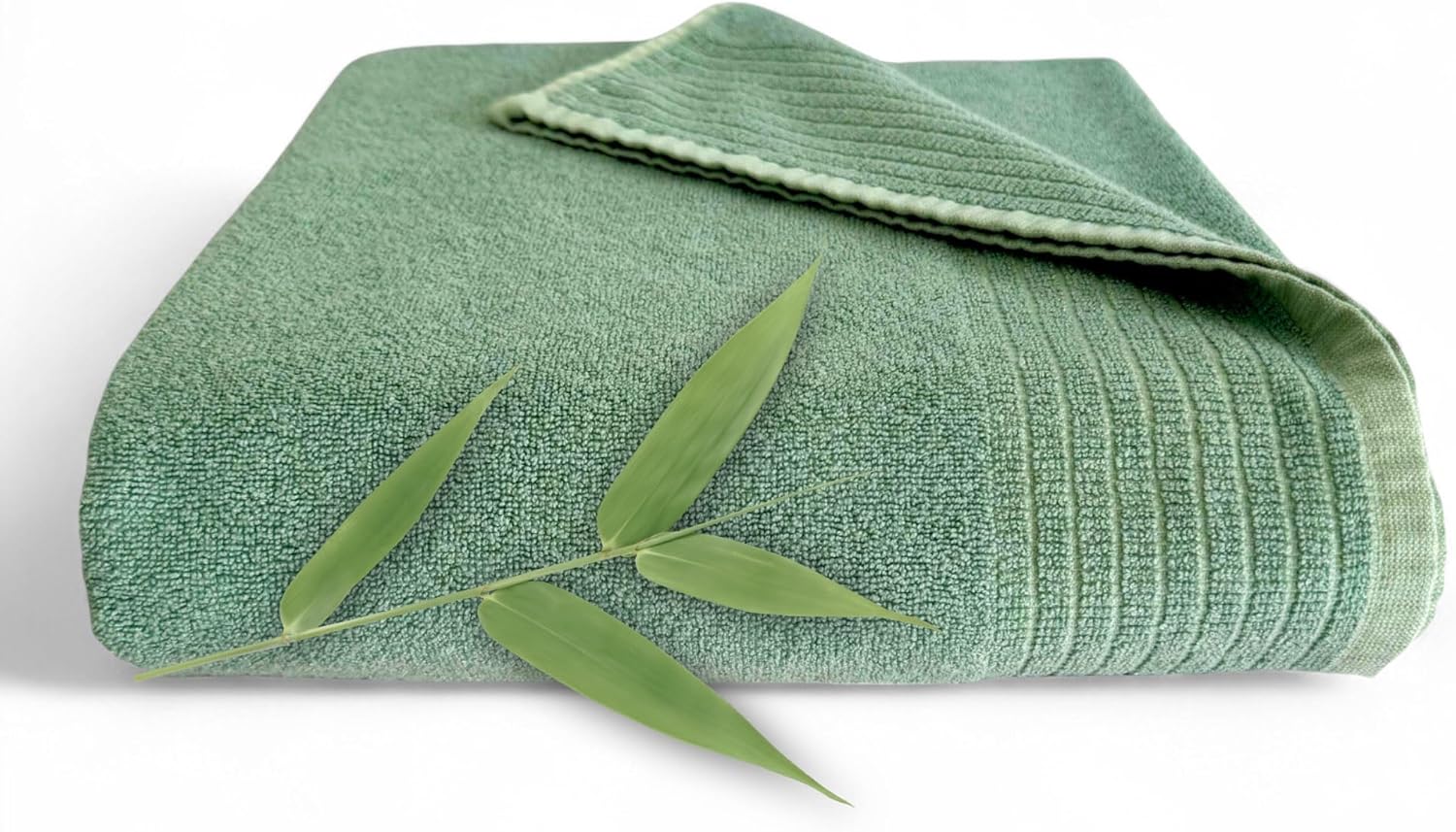
BedVoyage** bamboo & cotton bath towels (nice price too!)**
The advantages of these natural fabrics extend beyond comfort. They require less chemical treatment during production, which is a boon for both the environment and our personal well-being. Bamboo fleece fabric is made without the use of harmful chemicals, such as PFAS and formaldehyde. With the demand for organic and eco-friendly options on the rise, cotton and bamboo fleece offer a compelling choice for those looking to stay warm without contributing microplastics to the world.

Cozy Earth Store 100% bamboo pajamas
Fleece for the Future: Innovations in Fabric Technology
As the conversation around sustainability evolves, so too does the technology behind fabric production. Innovations in cotton and bamboo processing are giving us even softer, more luxurious fleece options. Special blends, such as those combining organic cotton, natural silk, viscous or bamboo with….. Bio-Based Spandex or Elastane for stretchiness, are specifically designed for enhanced comfort and sustainability.
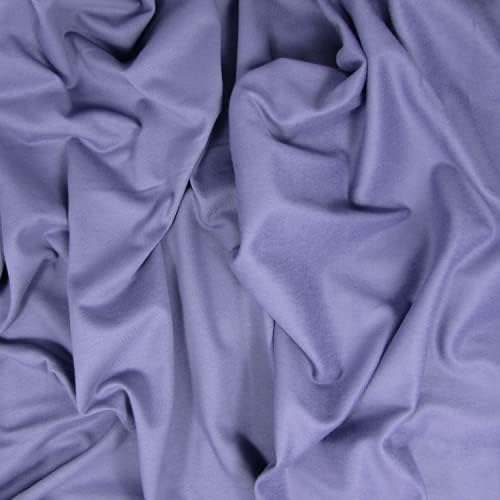
Organic Cotton Plus Store. 100% cotton fleece
Some bamboo fleece fabrics are intentionally engineered to provide both environmental benefits and superior performance. These innovative fabrics are used for a variety of garments, including jackets, in addition to sweatshirts and hoodies. Bamboo fleece fabric is suitable for DIY projects and takes dye exceptionally well, creating textiles that are not only earth-conscious but also high-performing and durable. These fabrics also open the door for creative layering and stylish designs. The traditional, bulky image of fleece is giving way to sleeker, tailored looks that can transition from the great outdoors to the urban jungle.
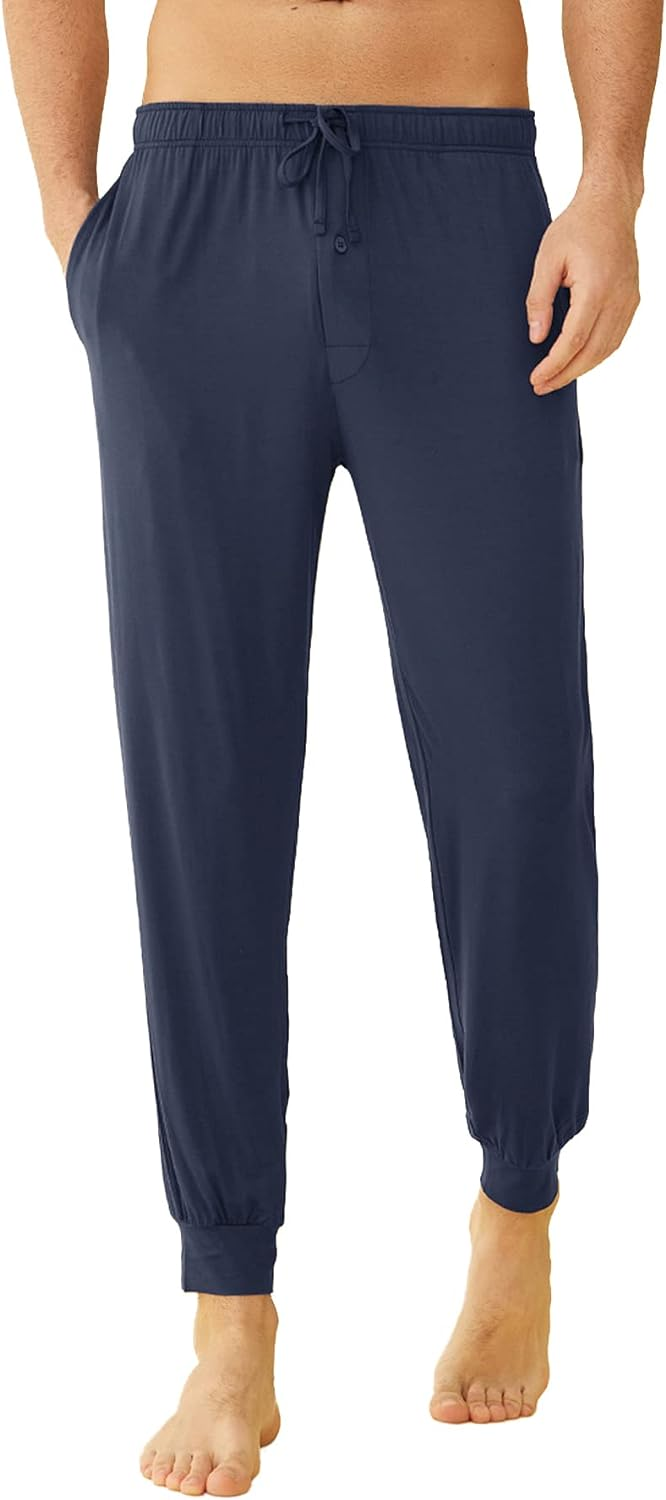
Latuza. 95% bamboo jogger pants, 5% (probably polyester) spandex :(
Furthermore, as the athleisure trend continues to dictate fashion, cotton and bamboo fleece, with their natural wicking properties, are perfectly poised to become the must-have materials for active and casual wear. Bamboo fleece can be used for making baby blankets, hoodies, sweatshirts, joggers, jackets, and pants, offering versatility for a variety of clothing and accessory needs.
Making the Switch: Incorporating Natural Fleece into Your Life
Transitioning away from polyester fleece might at first seem to be a daunting task. Not a whole lot of clothing and manufacturers are offering natural fleece options. Most are still blending in polyester, lowering the quality and defeating the purpose. And outerwear is especially hard to find.
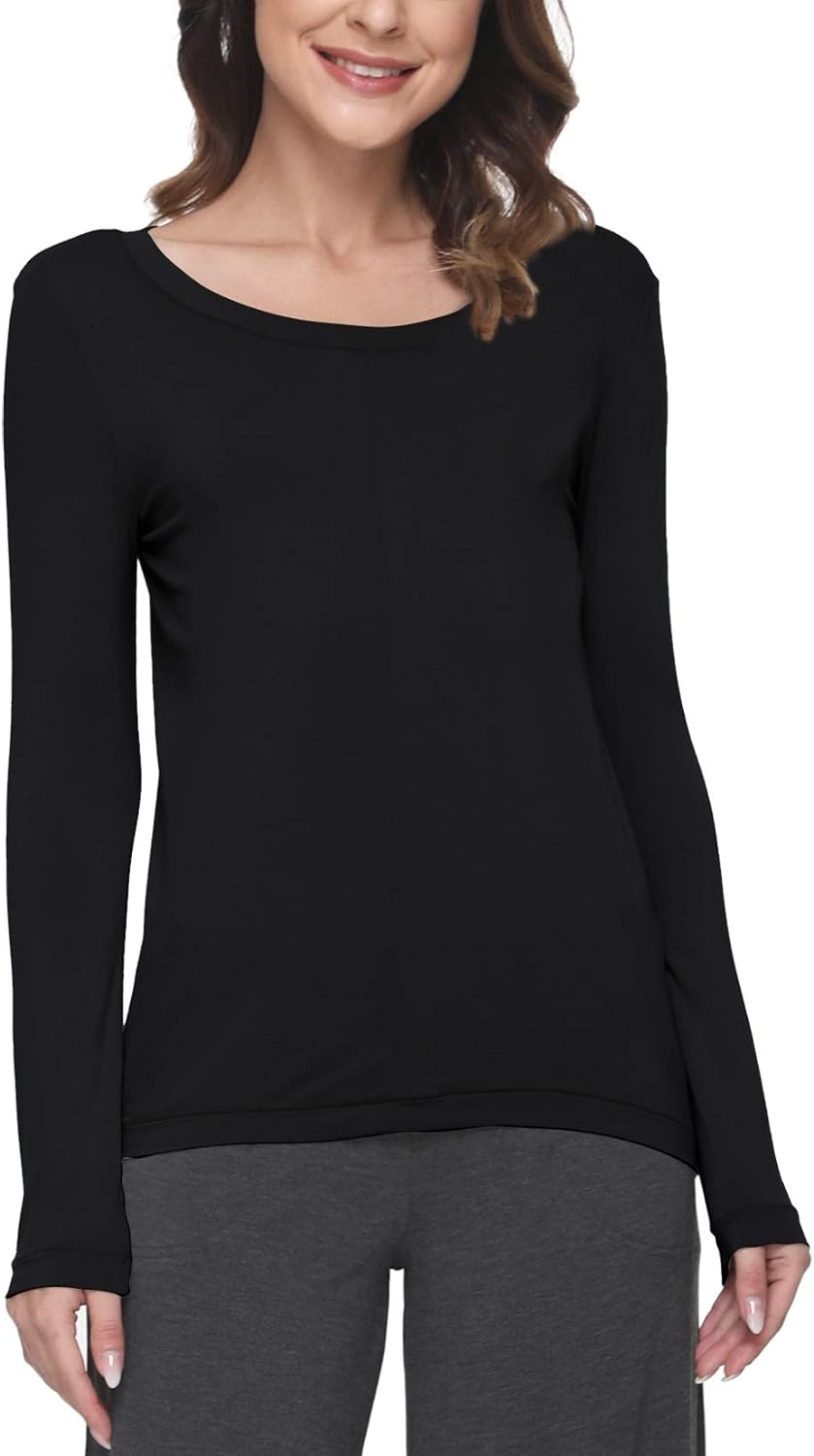
GYS. 95% bamboo
Those already passionate about sustainability and ethical living will find the switch to cotton or bamboo fleece a natural step in their journey. For others, the transition may begin with a single purchase, be it a cozy new shirt or a set of soft bamboo sheets. It's important to choose the right fabric for your specific project or needs to ensure the best results. Customers often praise bamboo fleece for its exceptional softness and comfort. The softness and tactile enjoyment and ethical satisfaction that come with these natural fabrics can convert even the most steadfast polyester enthusiasts.
The Softer, Greener Path Ahead
As we look to the future, it’s evident that natural fleece options like cotton and bamboo offer a softer, greener path ahead. Microplastics are no longer distant threat but a present-day reality that calls for immediate action.
We encourage you to share your experiences with bamboo fleece and support transparency in sustainable fabric sourcing.
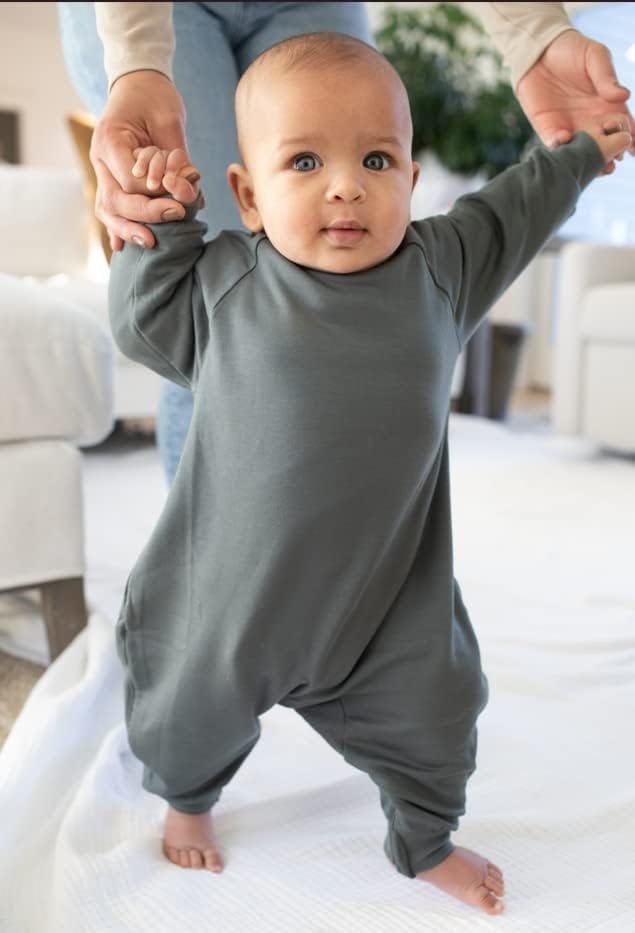
GUNAMUNA. bamboo fleece, and more at their Store!
Embracing the benefits of sustainable, plant-based textiles isn’t just a fashion statement – it’s a statement of our commitment to a healthier planet.
Say No To Plastic Textiles
For consumers and producers alike, the time is ripe to question our reliance on polyester and explore the diversity of fleece fabrics that nature freely offers. By choosing cotton or bamboo fleece, we can support a more sustainable textile industry. And also drive the need for more hemp production! Organic Cotton Hemp Fleece
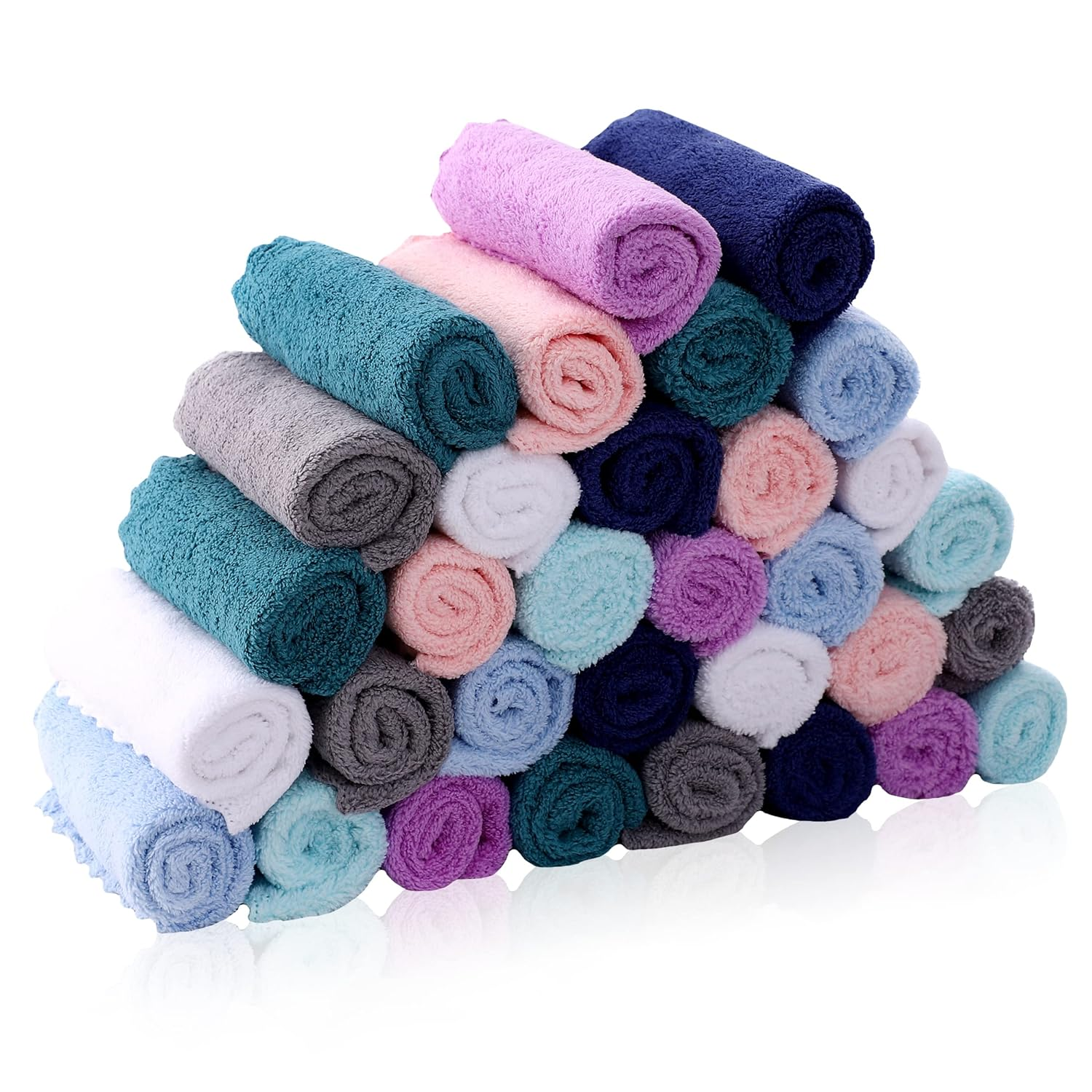
Bamboo Queen. fleece washcloths
It's a win-win for both us and the Earth. The polyester fleece era is slowly (too slowly) drawing to a close, and the rise of cotton and bamboo fleece heralds a revolution that is long overdue.
Green Innovations
Hats off to those in the fabric industry who do not shy away from a challenge. In response to the environmental concerns surrounding common, ubiquitous plastic fleece, some manufacturers are pursuing a range of sustainable solutions. Many businesses in the textile industry are adopting more sustainable practices, integrating eco-friendly materials and responsible production methods into their operations. Biodegradable alternatives that break down harmlessly.
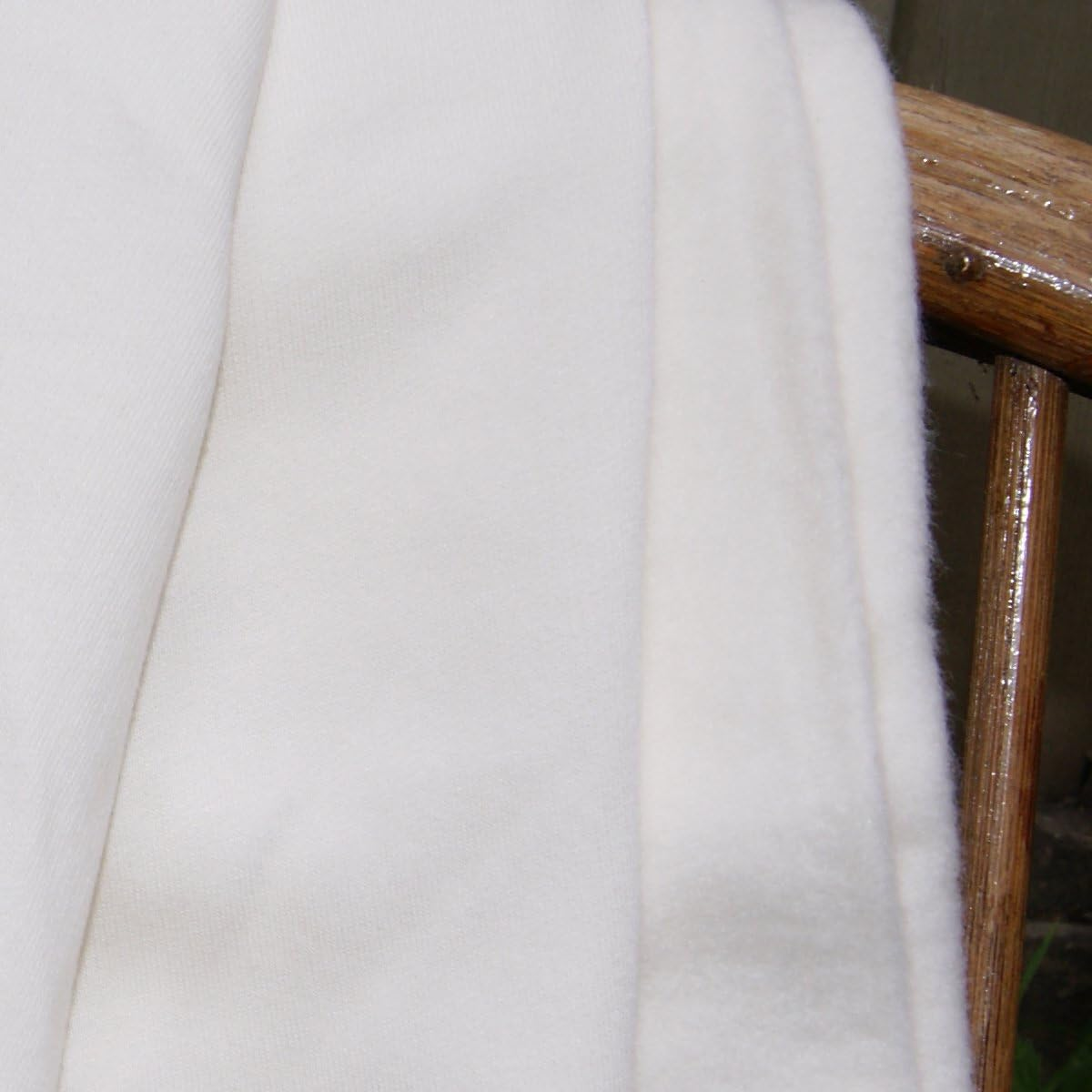
Stylish Fabric Store** super heavy 100% cotton fleece by the yard**
Within the fashion industry, where change sometimes moves at the pace of a three-toed sloth, there’s a growing movement towards more ethical and sustainable practices. Brands are listening to the consumer’s demand for action on microplastics and many are making unequivocal commitments to reduce or eliminate them. Due to the natural origins of bamboo fleece, the color and weight of the fabric may vary slightly between production batches.
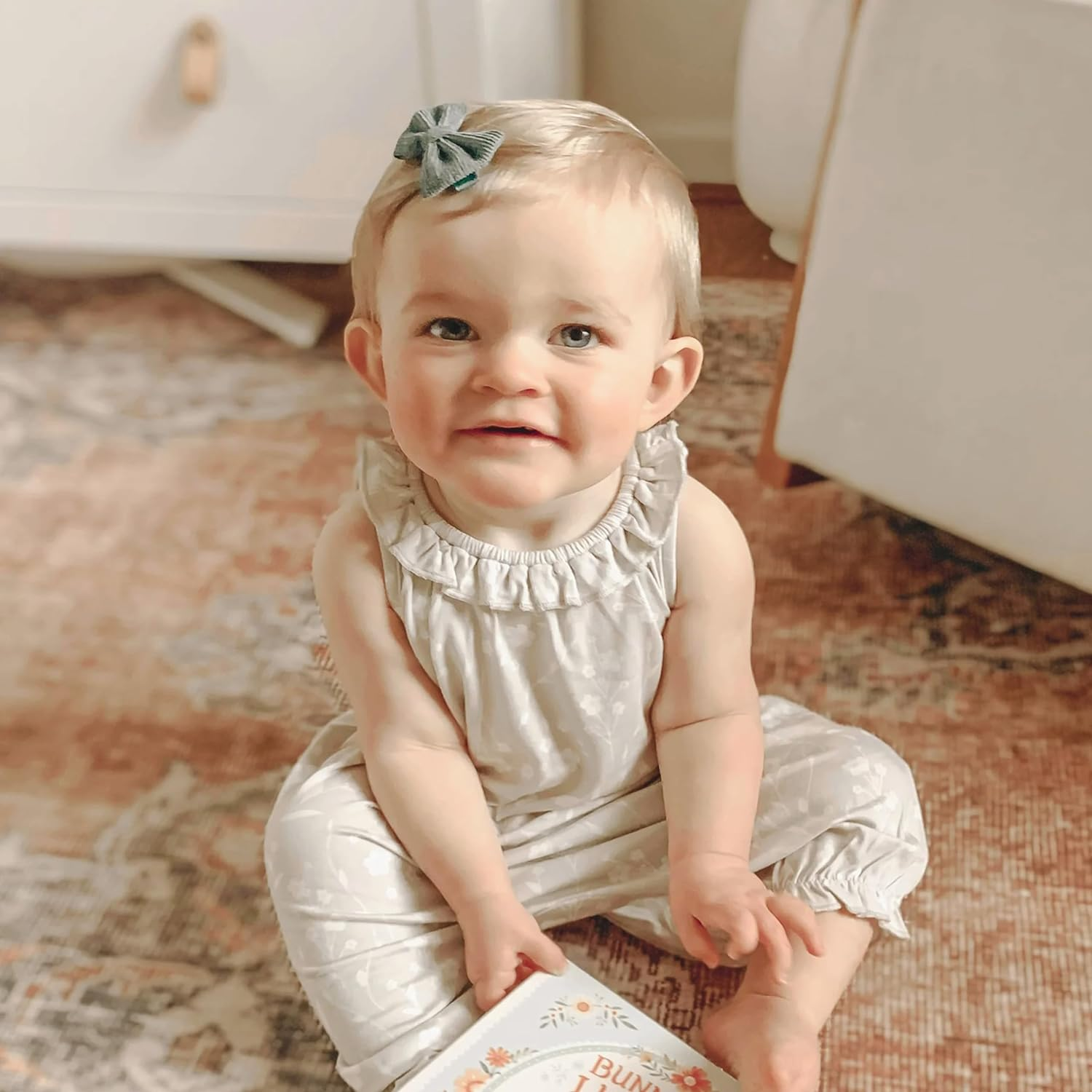
GUNAMUNA. unisex baby ultra soft fleece
The fleece revolution proves that even the softest touch can prod profound change. As we continue to evolve, innovate, and infuse eco-consciousness into our fabrics of life, the possibilities are as endless as a mountainside breeze, and the adventure is truly just beginning.
FAQs
For more information:
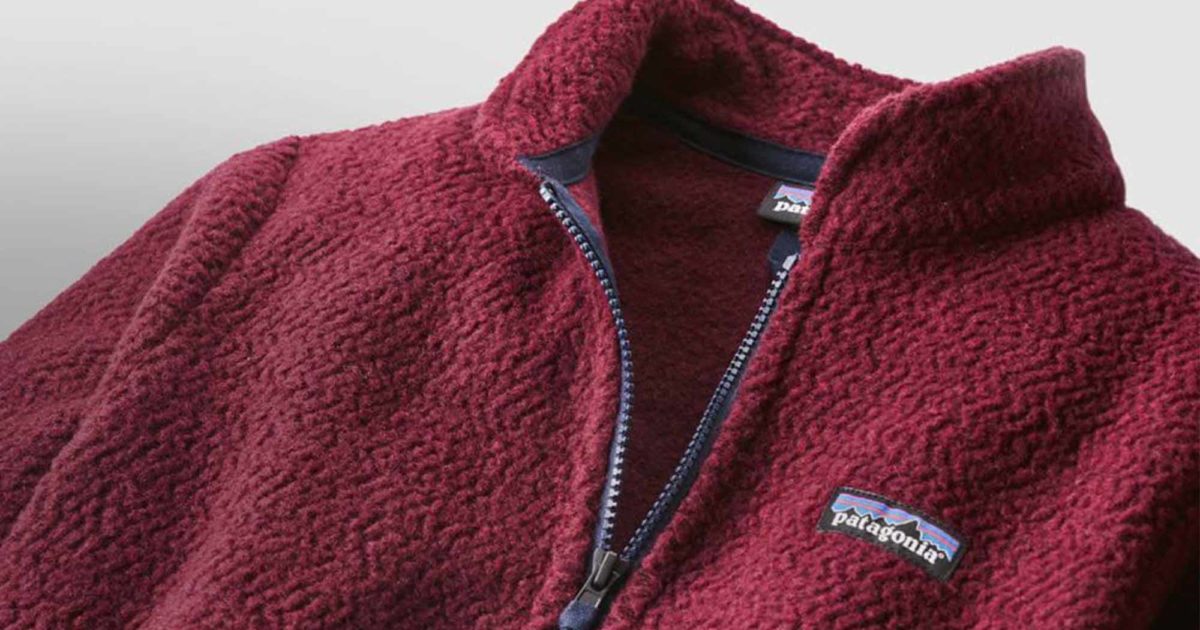
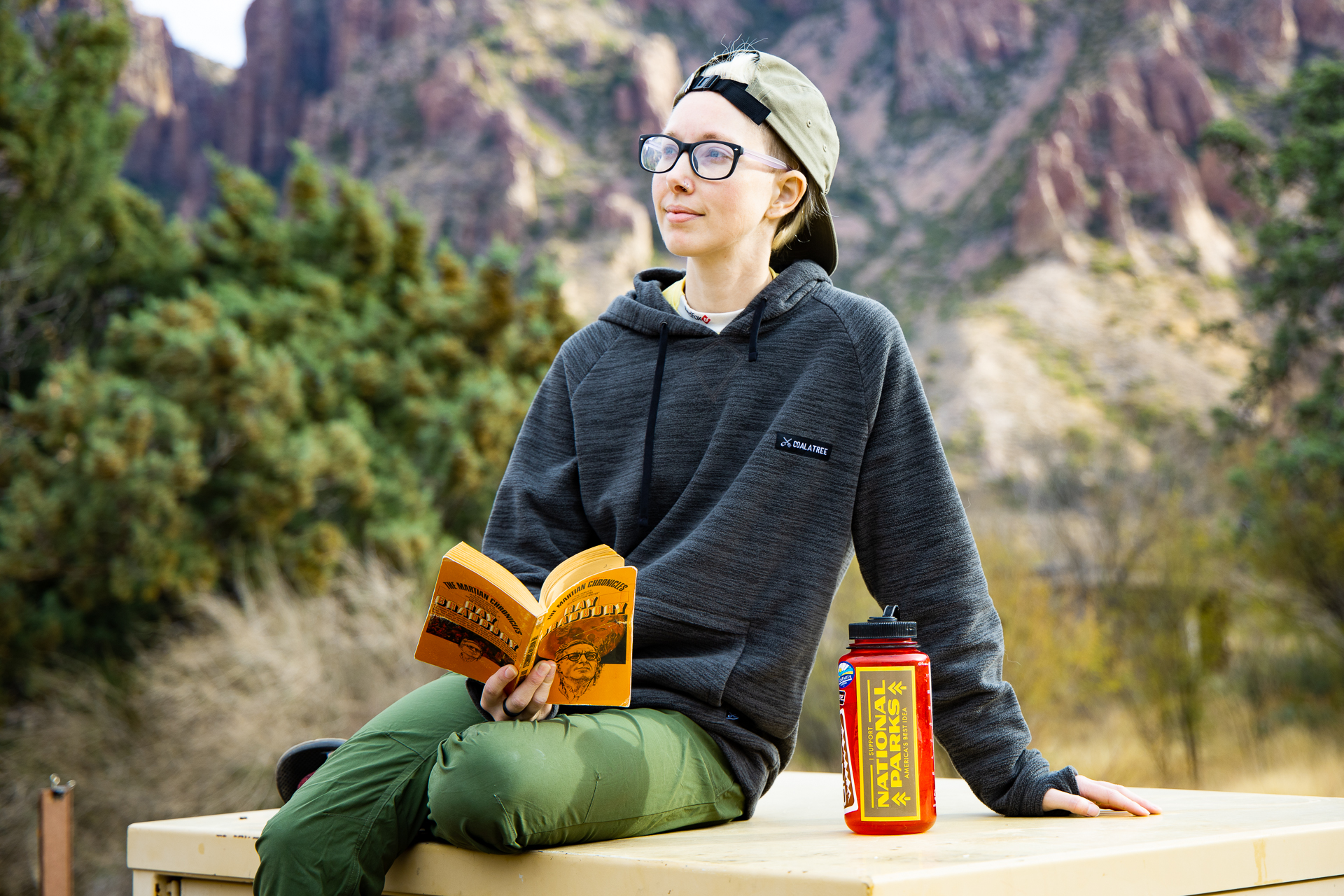
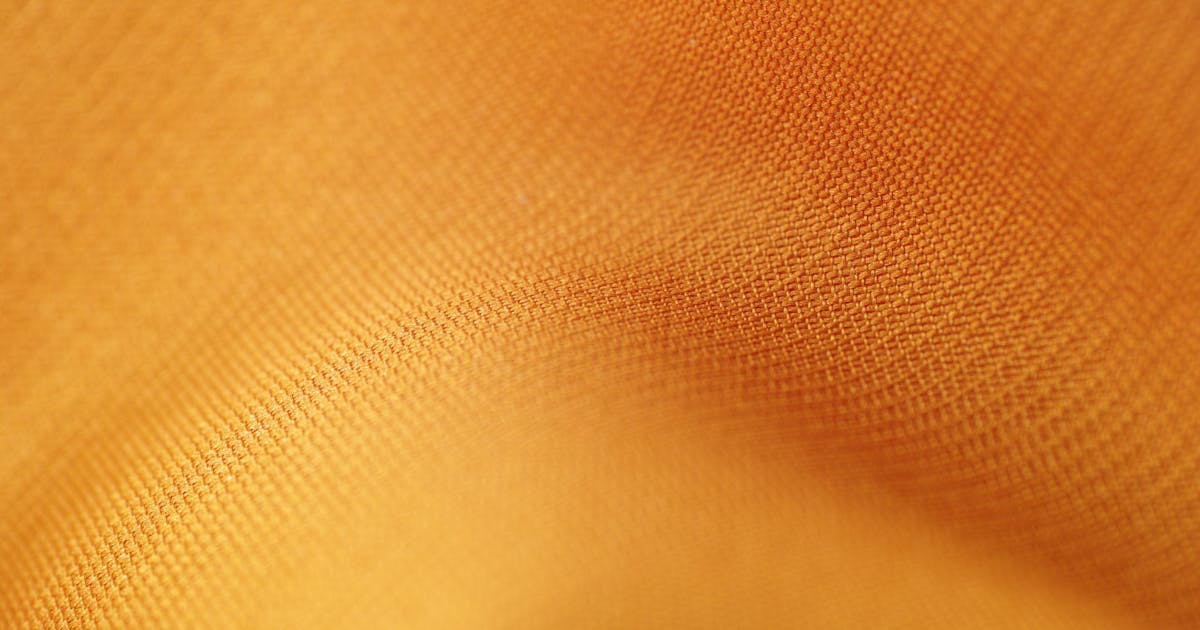
PreviousTop Eco-friendly Choices: The Best Biodegradable Gloves for Every TaskNextSled Dog Booties & Microplasticnoplastics.shop © 2025
FAQs
Are these materials truly environmentally friendly and sustainable?
Absolutely! The best bamboo and cotton fleece products are crafted with sustainability in mind. Bamboo is a fast-growing plant that requires no fertilizer and regenerates from its own roots, so it doesn't need to be replanted. Cotton fleece made from organic cotton also promotes eco-friendly practices as it minimizes water usage, and no toxic chemicals should be involved. Both materials are biodegradable, reducing the environmental impact at the end of their life cycle.
How do I care for my bamboo and cotton fleece products?
Caring for your bamboo and cotton fleece items is easy! Wash them in a gentle cycle with cold or warm water and a mild detergent. Avoid using fabric softeners or bleach as they can break down the fibers. For drying, tumble dry on a low setting or hang them to dry naturally. Ironing should be on the lowest setting if necessary. Proper care ensures your products last longer while maintaining their plush feel.
What's the production process behind your bamboo and cotton fleece?
A good brand will be proud and transparent about their production process. The bamboo used in fleece should be sustainably harvested and processed using a closed-loop system that recycles water and reuses solvents. Cotton sourced from organic farms and spun into yarn without harmful chemicals. The best brands follow strict ethical standards, with a focus on minimizing waste and conserving resources. Don't shy away from asking prior to your purchase.
Can I expect the same softness and comfort as other fabrics?
Definitely! Both bamboo and cotton fleece products are known for their incredible softness and comfort, often exceeding that of conventional polyester fabrics. Bamboo fibers are naturally smooth and round, which makes them hypo-allergenic and perfect for sensitive skin. And maintains the soft feel wash after wash.
Do bamboo and cotton fleece products shrink or stretch?
As with any natural fabric, minimal shrinkage can occur, especially if exposed to high temperatures. To prevent this, it's recommended to wash your fleece items in cold water and use a gentle cycle. Stretching is typically not an issue due to the natural elasticity and resilience of the bamboo fibers and cotton. However, to keep their shape, we advise against overloading your washer or dryer and avoiding hanging fleece products from their ends.
For more information:



